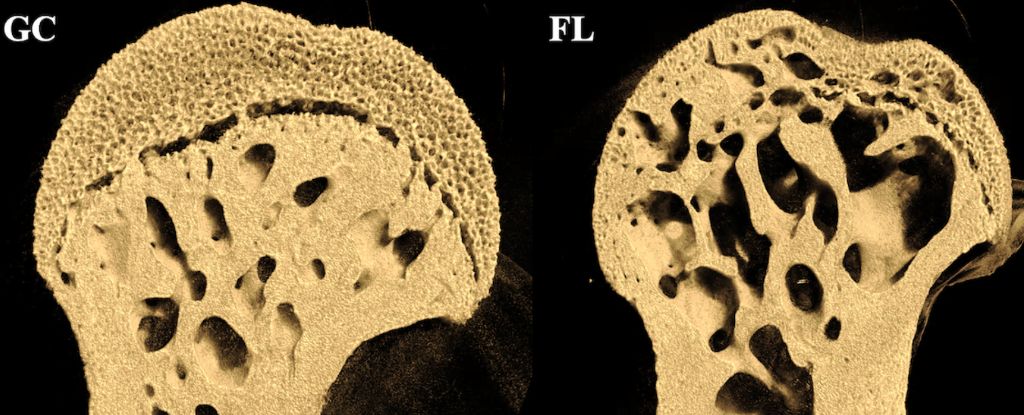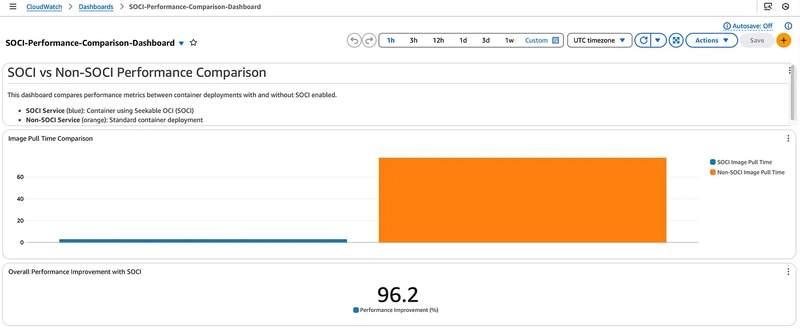DePINs Explained: How Decentralized Physical Infrastructure Networks Are Changing the World
Introduction The world is witnessing a paradigm shift with the rise of Decentralized Physical Infrastructure Networks (DePINs). These blockchain-powered systems are revolutionizing industries by enabling decentralized ownership and operation of real-world infrastructure. But what is the DePIN meaning, and why are these networks so crucial? In this guide, we’ll break down everything you need to know about DePINs and their transformative impact. What Are Decentralized Physical Infrastructure Networks (DePINs)? Decentralized Physical Infrastructure Networks (DePINs) refer to blockchain-based networks that manage and operate physical infrastructure in a decentralized manner. Unlike traditional infrastructure models controlled by governments or corporations, DePINs distribute power among users, allowing them to contribute resources and earn incentives. Key Features of DePINs: Decentralization: No single entity controls the network. Tokenized Incentives: Participants are rewarded with cryptocurrency. Community Governance: Decisions are made collectively. Scalability & Efficiency: Distributed networks reduce costs and improve access. DePIN Meaning: Breaking It Down The DePIN meaning revolves around leveraging blockchain technology to facilitate the decentralized management of real-world assets like energy grids, telecommunications, transportation, and data storage. These networks eliminate middlemen, reducing inefficiencies and promoting a fairer, user-driven system. How DePINs Are Changing the World Decentralized Energy Grids DePINs enable peer-to-peer energy trading, allowing individuals to generate, store, and sell electricity directly without centralized utilities. Wireless Networks & IoT Projects like Helium use DePINs to create decentralized wireless networks where users deploy hotspots and earn tokens for providing coverage. Decentralized Cloud Storage DePINs like Filecoin and Arweave offer a censorship-resistant alternative to traditional cloud storage providers, making data storage more secure and affordable. Smart Transportation & Logistics Blockchain-based DePINs are improving supply chain transparency and enabling decentralized ride-sharing and delivery services. Popular DePIN Projects to Watch Helium (HNT) – Decentralized wireless network. Filecoin (FIL) – Blockchain-based cloud storage. Render Network (RNDR) – Decentralized GPU rendering. Peaq Network – DePINs for AI and IoT devices. The Future of DePINs As Decentralized Physical Infrastructure Networks continue to evolve, they have the potential to disrupt monopolistic industries, lower costs, and empower users worldwide. The shift towards DePINs represents a new era where infrastructure is more accessible, efficient, and community-driven. Conclusion Understanding the DePIN meaning and its real-world applications is essential as these networks gain traction. By leveraging blockchain technology, DePINs are revolutionizing infrastructure, making it more decentralized, efficient, and inclusive. As adoption grows, we can expect a more democratized, user-powered future. Are you ready to be part of the DePIN revolution? Share your thoughts in the comments!

Introduction
The world is witnessing a paradigm shift with the rise of Decentralized Physical Infrastructure Networks (DePINs). These blockchain-powered systems are revolutionizing industries by enabling decentralized ownership and operation of real-world infrastructure. But what is the DePIN meaning, and why are these networks so crucial? In this guide, we’ll break down everything you need to know about DePINs and their transformative impact.
What Are Decentralized Physical Infrastructure Networks (DePINs)?
Decentralized Physical Infrastructure Networks (DePINs) refer to blockchain-based networks that manage and operate physical infrastructure in a decentralized manner. Unlike traditional infrastructure models controlled by governments or corporations, DePINs distribute power among users, allowing them to contribute resources and earn incentives.
Key Features of DePINs:
Decentralization: No single entity controls the network.
Tokenized Incentives: Participants are rewarded with cryptocurrency.
Community Governance: Decisions are made collectively.
Scalability & Efficiency: Distributed networks reduce costs and improve access.
DePIN Meaning: Breaking It Down
The DePIN meaning revolves around leveraging blockchain technology to facilitate the decentralized management of real-world assets like energy grids, telecommunications, transportation, and data storage. These networks eliminate middlemen, reducing inefficiencies and promoting a fairer, user-driven system.
How DePINs Are Changing the World
- Decentralized Energy Grids DePINs enable peer-to-peer energy trading, allowing individuals to generate, store, and sell electricity directly without centralized utilities.
- Wireless Networks & IoT Projects like Helium use DePINs to create decentralized wireless networks where users deploy hotspots and earn tokens for providing coverage.
- Decentralized Cloud Storage DePINs like Filecoin and Arweave offer a censorship-resistant alternative to traditional cloud storage providers, making data storage more secure and affordable.
- Smart Transportation & Logistics Blockchain-based DePINs are improving supply chain transparency and enabling decentralized ride-sharing and delivery services.
Popular DePIN Projects to Watch
Helium (HNT) – Decentralized wireless network.
Filecoin (FIL) – Blockchain-based cloud storage.
Render Network (RNDR) – Decentralized GPU rendering.
Peaq Network – DePINs for AI and IoT devices.
The Future of DePINs
As Decentralized Physical Infrastructure Networks continue to evolve, they have the potential to disrupt monopolistic industries, lower costs, and empower users worldwide. The shift towards DePINs represents a new era where infrastructure is more accessible, efficient, and community-driven.
Conclusion
Understanding the DePIN meaning and its real-world applications is essential as these networks gain traction. By leveraging blockchain technology, DePINs are revolutionizing infrastructure, making it more decentralized, efficient, and inclusive. As adoption grows, we can expect a more democratized, user-powered future.
Are you ready to be part of the DePIN revolution? Share your thoughts in the comments!












































































